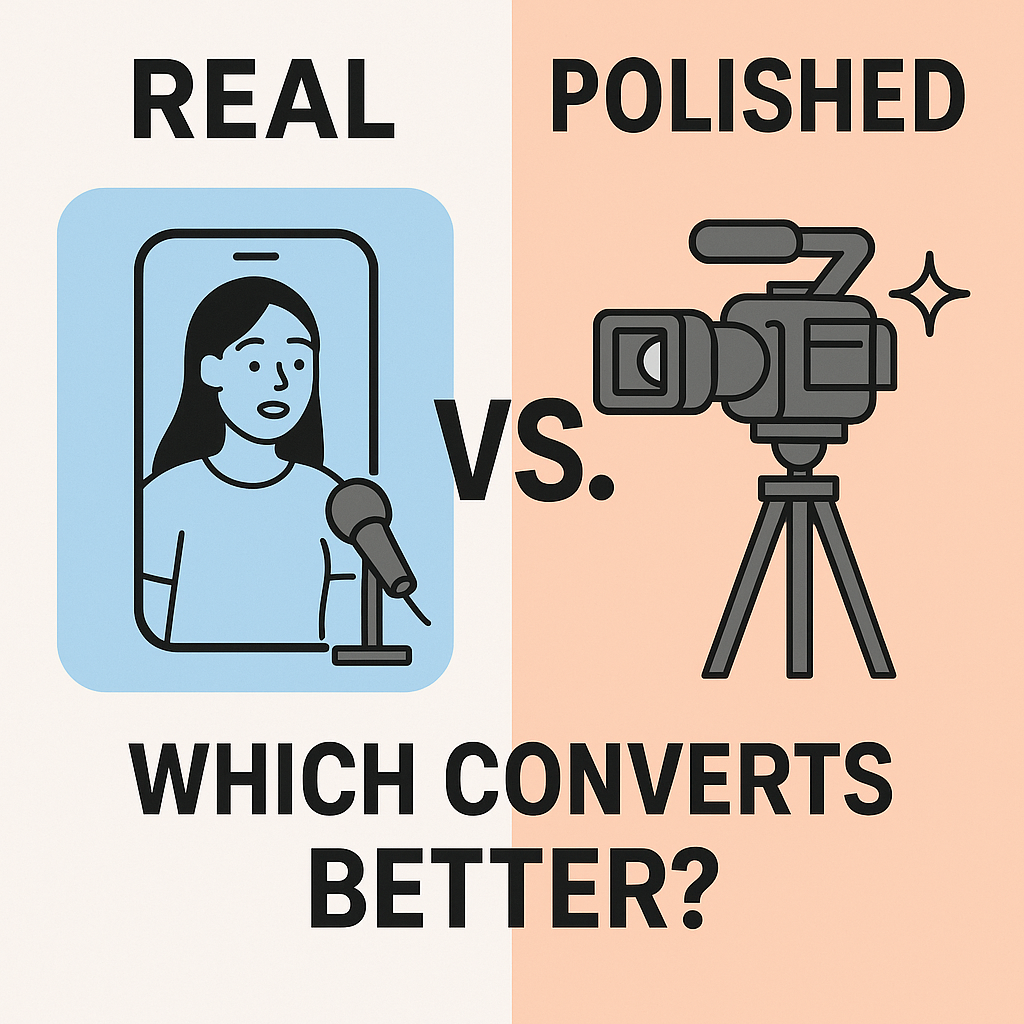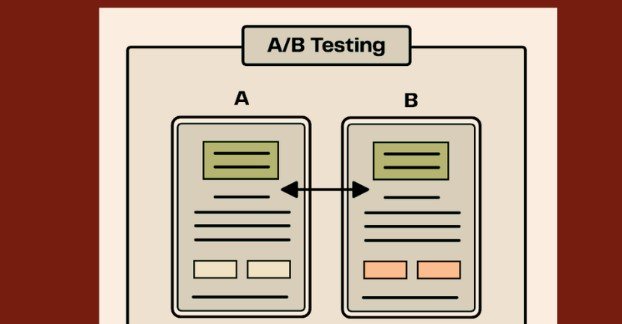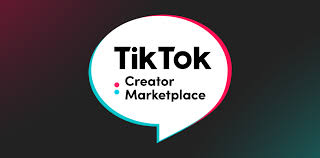Real vs Polished Ads: Which Converts Better in 2025?
In the age of social media marketing and short-form video dominance, brands are continually asking: Should our ads be real and raw, or sleek and polished? It’s a critical question that affects not just the look and feel of your content, but also engagement, conversion rates, and ROI.
While both styles have their place in digital advertising, this article dives deep into the key differences, performance metrics, psychological factors, and examples to determine: Which style converts better?
What Do We Mean by “Real” vs “Polished” Ads?
Real Ads (Authentic, User-Generated Style)
These are videos or creatives that mimic organic content — like something you’d see from a friend or influencer. Often:
- Shot with a smartphone
- Lightly edited or unedited
- Featuring real people (employees, customers, creators)
- Conversational tone
- Emphasizes storytelling or testimonials
Polished Ads (Professional, Studio-Style)
These are traditionally styled advertisements created with high production value:
- Shot with professional equipment
- Slick transitions and effects
- Scripted, rehearsed delivery
- Brand-perfect lighting, music, and editing
- Clear CTA and commercial tone
The Psychology Behind Ad Styles
Why Real Ads Work:
- Trust & relatability: Viewers trust people who look and speak like them.
- Authenticity triggers emotional connections. This leads to better brand recall.
- Pattern disruption: Amid a sea of polished ads, something raw stands out.
- Social proof: Seeing real users vouch for a product validates its effectiveness.
Why Polished Ads Work:
- Authority: High-quality production suggests that the brand is serious and credible.
- Control: Every aspect is curated to reinforce brand messaging.
- Clarity: Offers, benefits, and instructions are clearly communicated.
- Appeal: Visually pleasing content creates a sense of aspiration.
Platform-Specific Performance
TikTok & Instagram Reels:
- Real ads dominate here.
- TikTok’s algorithm favors content that blends into native feeds.
- UGC (User-Generated Content)-style ads often outperform studio-style ads in click-through rates and conversions.
YouTube Pre-Roll Ads:
- Polished ads perform better, especially for premium products or services.
- Viewers expect a cinematic experience on YouTube.
Facebook Feed:
- A mix of both works well.
- A/B testing is important here since Facebook supports longer ad durations and different formats.
LinkedIn:
- Polished ads excel, especially for B2B, finance, and professional services.
- Real-style content may still do well when tied to thought leadership.
Case Studies & Statistics
Case Study 1: DTC Skincare Brand
Ran a split test between:
- Polished ad with model, lighting, and post-production
- Real ad with a creator sharing her morning routine
Results:
- Real ad had 2.5x higher CTR
- Cost per conversion was 35% lower
- Engagement (comments, saves) 3x more than polished version
Case Study 2: SaaS Company on LinkedIn
Tested:
- Real ad with founder selfie video
- Studio-recorded explainer with animations
Results:
- Polished ad had higher watch-through rate (70% vs 48%)
- Conversion rate was higher for the polished version (4.1% vs 2.6%)
General Stats (2024):
- UGC-style ads have 4x higher click-through rates than polished ads on TikTok (source: TikTok Business Center)
- 90% of consumers say authenticity is a major factor in deciding which brands they support (source: Stackla)
- Branded videos that feel more like content than ads are 3x more likely to be shared
Real Ads: When to Use Them
✅ You’re targeting Gen Z or Millennials
✅ You want to drive traffic or engagement on platforms like TikTok or IG
✅ You’re launching a new product and want early trust
✅ You have limited budget
✅ You’re leveraging creators or influencers
Examples:
- “What I ordered vs what I got” videos
- Customer testimonials
- Behind-the-scenes stories
- Day-in-the-life brand content
- Tutorial or demo shot casually
Polished Ads: When to Use Them
✅ You’re selling high-ticket items
✅ You’re running YouTube ads or TV spots
✅ You need to build brand prestige and consistency
✅ You have a defined brand voice and visuals
✅ You want to control the narrative tightly
Examples:
- Product launch video trailers
- Founder message videos
- Brand anthem videos
- Animated explainers
- Holiday campaigns
Blending the Two: Hybrid Style
Some of the best-performing ads in 2025 combine the raw appeal of real content with the clarity and polish of studio production.
How to do it:
- Use UGC but enhance with light editing, branded overlays, and clear CTAs
- Add subtitles, logos, and transitions to casual videos
- Include customer reviews shot on phones, but wrap them with polished branding elements
- Let creators shoot “real-style” content but guide them with a brand brief
This hybrid strategy gives you the credibility of real content with the conversion power of professional touch.
Tips to Maximize Conversion, Regardless of Style
- Hook in first 3 seconds – Grab attention quickly.
- Clear CTA – Tell people what to do next: “Swipe up,” “Buy now,” “Learn more.”
- Mobile-first format – Always design for vertical viewing (9:16).
- Sound on – Use trending music or natural sound.
- Don’t oversell – Especially in real ads; focus on benefits, not just features.
- Test and iterate – A/B test real vs polished. Let the data guide your strategy.
Conclusion: Which Converts Better?
There’s no one-size-fits-all answer — but here’s a rule of thumb:
| Platform | Style That Wins |
|---|---|
| TikTok | Real/UGC |
| Instagram Reels | Real + Branded Hybrid |
| Depends on audience | |
| YouTube | Polished |
| Polished or Expert Real |
👉 For brand awareness and authenticity, real ads win.
👉 For conversion and trust in premium products, polished ads still matter.
Ultimately, the best strategy in 2025 is a balanced content funnel:
- Top of funnel: Real, scroll-stopping content for attention and relatability
- Middle of funnel: Hybrid ads that explain and nurture
- Bottom of funnel: Polished ads that convert




